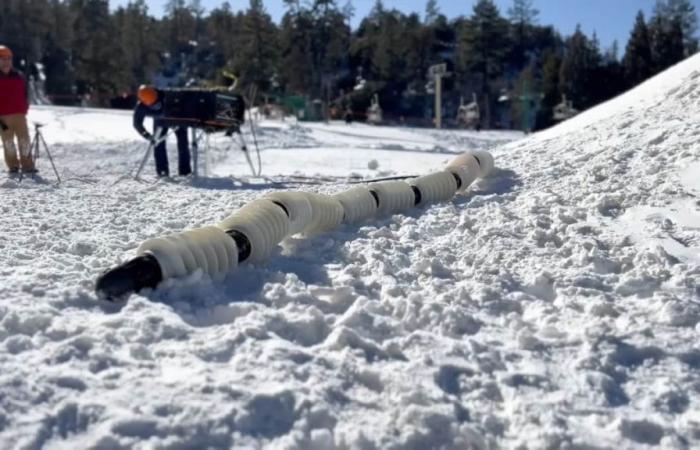The snake robot format has been around for decades. In addition to the diversity it adds to the world of automation, the design has several interesting features. Now, NASA has been exploring ways to use it to search for life on Saturn’s moon.
Features of this snake robot
The first feature is redundancy, which allows the system to continue functioning even when a module is damaged. The second is a body that allows the system navigate tight spaces. This characteristic has made snake robots an interesting addition to rescue teams, as the systems can enter places where people and other robots cannot.
Other applications include plumbing and even medicine, with smaller versions that can move around pipes and human organs, respectively. NASA's JPL (Jet Propulsion Laboratory), never one to shy away from futuristic robotic applications, has been exploring ways to use the robust form factor for searching for extraterrestrial life.
As often happens with these types of stories, they are still in their early stages. Currently, tests are being carried out in terrestrial landscapes designed to mimic what these systems might encounter. This means a lot of ice, as NASA researchers are planning to send it to Saturn's small, cold moon Enceladus.
[Vídeo original]
It could answer one of the biggest questions in the universe
The Cassini mission in the 21st century revealed an environment rich in water, which makes the ice-covered moon a potential candidate for the existence of life in our solar system. The final plan is to use the snake robot, Exobiology Extant Life Surveyor (EELS), to explore the oceans beneath the moon's crust and finally answer one of the great open questions of the universe.
It was designed to be adaptable to traverse terrains inspired by the oceanic world, fluidized environments, closed labyrinthine environments and liquids.
The team behind the research writes in an article published in Science Robotics this month.
For the project, JPL partnered with Arizona State University, the University of California, San Diego, and Carnegie Mellon University, the latter with a long history of designing snake robots. According to NASA, the system weighs 100 kg and measures 4.4 meters.
Read too:
Tags: NASA creates snake robot search life icy oceans Saturn moon






